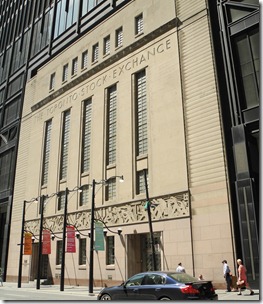
The facade is a combination of art deco and streamlined moderne. Its surface is relatively flat, with no indentations, maximizing the interior space. The carved stone designs of the frieze, sculpted by Peter Schoen, can be seen above the two imposing front doors. Employing a mixture of 1920s designs, the frieze depicts the various industries whose stocks traded on the Exchange floor within. The figures are bold, almost heroic in size.
The windows on the first floor are deeply recessed into the pink granite. Above the first floor, on either end of the building, are parallel straight lines. The ledge near the top of the structure, below the small rectangular windows, contain modillions that display touches of classical designs.
The trading floor of the exchange has no columns to support the roof, maximizing the space within. When it opened, no women were allowed on the trading floor. On a busy day, over 500 men shouted and gestures with their hands and arms as they bought and sold stocks on the exchange.
The symmetrical facade of the Toronto Stock Exchange Building that opened in 1937.
The frieze above the first-floor level of the old Stock Exchange Building.
The walls with similar parallel lines to those on the facade, and the gold leaf designs on the ceiling.
Panels that decorate the trading floor by Canadian artist Charles Comfort. They are heroic in scale, which suited the mood of the 1930s when people were weary from the distressing economic news of the Great Depression.
Large glass medallion on the grand staircase. It depicts an Egyptian farmer sowing wheat.
The TSE Building was designated a heritage property in 1978. It was vacated in 1983 when the stock exchange relocated to the Exchange Tower at King and York Streets, where The Globe and Mail Building once stood. In 1992, when construction was completed on the fifth tower of the TD Centre, the old Stock Exchange Building was surrounded by modern architecture. Today, the building is home to the Design Exchange, which promotes designs and the artistic endeavours of Canadians.
I have spent much of my adult life researching and photographing Toronto. I love the city and enjoy exploring it through my writing. One of the books, “The Villages Within”, was nominated for the Toronto Heritage Awards. If interested in novels with a Toronto setting, descriptions of the books are available by following the link: https://tayloronhistory.com/2012/03/22/toronto-author-publishes-seventh-novel/
They can be purchased in soft cover or electronic editions. All books are available at Chapters/Indigo and on Amazon.com. The electronic editions are less that $4 on Kobo and Kindle. Follow the links:
There Never Was a Better Time: http://bookstore.iuniverse.com/Products/SKU-000056586/THERE-NEVER-WAS-A-BETTER-TIME.aspx
Arse Over Teakettle: http://bookstore.iuniverse.com/Products/SKU-000132634/Arse-Over-Teakettle.aspx
The Reluctant Virgin; http://bookstore.iuniverse.com/Products/SKU-000188306/The-Reluctant-Virgin.aspx
The Villages Within: http://bookstore.iuniverse.com/Products/SKU-000175211/The-Villages-Within.aspx
Author’s Home Page: https://tayloronhistory.com/
Authors can be contacted at: [email protected]
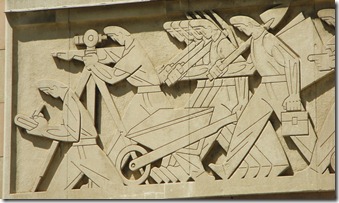
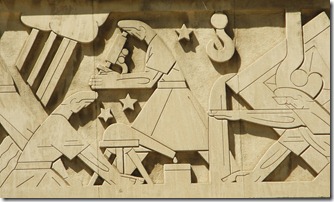
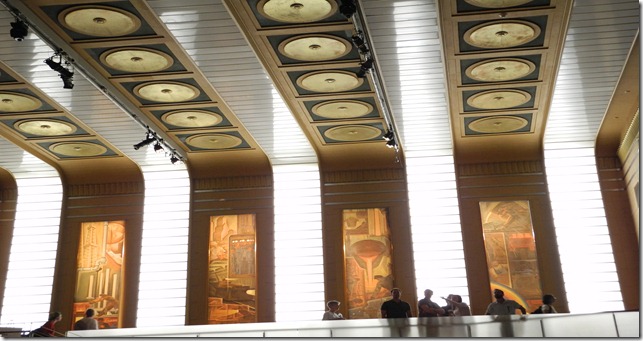
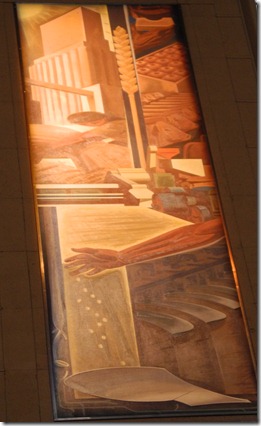
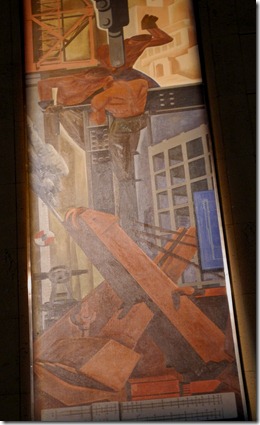
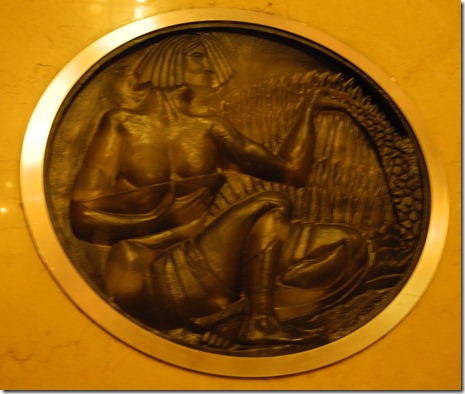
Its too bad the proper sculptor was not given the recognition for the friezes on the old Toronto Stock Exchange.
My grandfather, Frederick Winkler was the sculptor who did the sculptured design for the friezes and designed the front doors.
Charles Comfort was the artist who painted the inside murals, he did not design the friezes or the doors on the outside of the building.